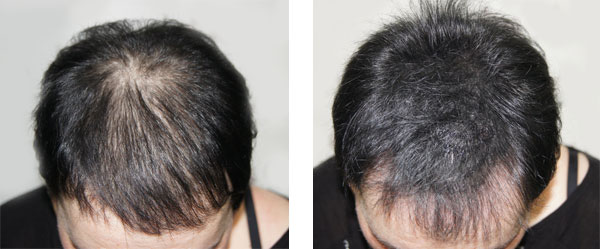Indian gooseberry, also known as amla, has been an Ayurvedic medicine for hair growth for centuries. It holds potential as a natural hair growth remedy, but its effectiveness remains under scientific investigation.
It boasts a rich Vitamin C profile, which has helped Amla earn the tag of a hair growth superfood. Besides, its potential for improved circulation along with antioxidant properties contributes to hair health. However, more robust research can help investigate the role of Indian gooseberry for hair growth.
Benefits of Indian Gooseberry for Hair Growth
Rich in Vitamin C
Amla is a potent source of Vitamin C, a well-known antioxidant that promotes collagen production. Now what is collagen and how does it help hair growth?
Well, collagen is a protein essential for building and maintaining healthy hair follicles. Stronger follicles may contribute to thicker and healthier hair growth
Improves Scalp Circulation
Some studies suggest amla may improve blood circulation, potentially delivering more nutrients to the scalp and hair follicles. This could contribute to hair growth and overall hair health.
Antioxidant and Antibacterial Properties
Amla’s antioxidant and antibacterial properties might help fight free radical damage and scalp issues like dandruff. Besides, it might play a role in keeping the scalp clean and healthy.
What does science say?
All studies are preliminary and don’t directly investigate amla’s impact on human hair growth. More robust clinical trials are needed to confirm these potential benefits. Just like natural remedies for hair growth, indian gooseberry is also touted to be a health superstar. But scientific research alone can validate this fact.
Form and Use Matter
Amla can be consumed as a fruit, used in oil form topically, or applied as a hair mask. The effectiveness of each method for hair growth likely varies, and research is lacking in this area.
Individual Results
As with any natural remedy, individual experiences with amla for hair growth can vary depending on factors like hair type, scalp condition, genetics, and overall health.
Indian gooseberry for hair growth shows promise based on its nutritional profile and potential benefits for scalp circulation and free radical damage. However, more research is required to definitively establish its effectiveness for hair growth.
What’s the Solution?
For those experiencing significant hair loss, alternative solutions might be more effective. Scalp micropigmentation (SMP), for example, offers hope to conceal the signs of hair loss.
The non-surgical cosmetic procedure creates the illusion of a thicker hairline or a fuller scalp. SMP specialists use special needles to deposit ink into the scalp, with the goal to mimic the look of hair follicles.
While Indian gooseberry may or may not work to hide the signs of hair loss, SMP offers a more predictable and permanent solution to the problem. While it doesn’t involve actual hair growth, SMP creates a realistic and low-maintenance aesthetic improvement for those struggling with baldness or thinning hair. It’s important to consult with a qualified and experienced SMP practitioner to discuss suitability and desired outcomes.
The best Arizona SMP brains and hands are available for consultation at DermiMatch Clinic. if you are seriously seeking scalp micropigmentation for hair loss or thinning hair, scalp experts in Arizona can help. With decades of experience in SMP, DermiMatch Clinic practitioners have helped transform client’s hair restoration journey.
Get in touch today to take the first step forward.

